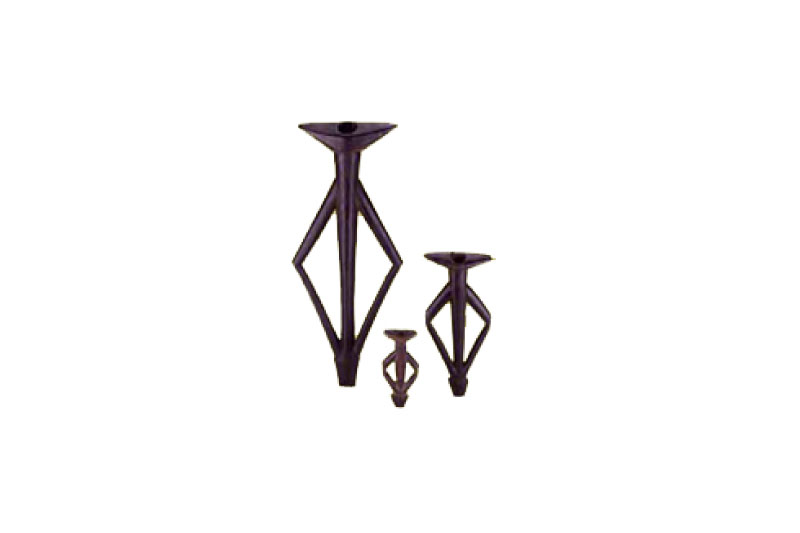
African Instruments I
Regional Differences
Africa boasts of a wide variety of musical instruments and vocal styles that speaks to the complex history and diversified geographical and cultural profile of the continent. In West Africa, for example, skin drums and wooden slit drums dominate instrumental performances, in spite of the presence of stringed and wind instruments. Examples of West African skin drums include the atsimevu of the Ewe ensemble, the adowa of the Ashanti people of Ghana, the djembe of the Mande people of Mali, and the dundun of the Yoruba people of Nigeria. Slit wooden drums include the kelen of the Vai people of Liberia and the ékwé of the Ìgbò people of Nigeria.
The situation is slightly different in North Africa, an area whose cultures are strongly rooted in Islamic and Arabic civilizations. In this region, stringed and wind instruments are predominant. They are often used as solo instruments by herdsman for their own entertainment in solitary conditions.
Stringed instruments include the imzad, usually played by Tuareg women of nobility to inspire men before a battle and to honor them on return from war.
The range of musical instruments in East Africa reflects the convergence of multiple cultural influences in the region. Influences from territories across the Indian Ocean, including Indonesia and India, began to manifest long ago. These, coupled with Arabic influences flowing from the north, are reflected in the presence of a wide range of instruments in the region.
One of the characteristics of East African music that make it unique among other sub-Saharan music is this use of varied wind instruments, stringed instruments, drums, and other percussion instruments, such as gongs and xylophones. Like West Africa, East Africa is home to some of the best known xylophone ensembles on the continent. The amadinda xylophone, and its bigger sister, the akadinda xylophone of the Baganda people of Uganda, are perhaps the most popular in this category.
The amadinda is usually played by two people, while the akadinda is played by six people.
East African stringed instruments include the ntongooli, an eight-string bowl lyre often played by virtuosic soloists (Barz, 2004: 84), and the endingidi, a Ugandan one-string fiddle.
Wind instruments include the endere, a notched flute with four holes (Barz, 2004: 78-79), and the cone-shaped esheegu flute made of "clay, wood or short lengths of bamboo." (Cooke, 1999: 234) This instrument is associated with traditional royal institutions in Uganda.
Musical instruments are also varied in Central Africa. They include various types of harps, as well as flutes, skin drums and xylophones. Kubik (2000: 266) has identified three types of xylophones among the Azande people of Central African Republic. The first one, the manza, uses banana stem resonators. The second one, the longo, uses gourd resonators; while the third one, called kponingbo, consists of at least twelve slabs or keys.
Southern Africa is also noted for its use of varieties of musical instruments, although membrane drums are less prominent than they are in West Africa. The region is particularly noted for its well-developed vocal styles as illustrated in Lesotho circumcision songs, which we shall examine and listen to later in this chapter. Important musical instruments from this region include the timbila xylophone of the Chopi people of Mozambique, and the mbira of the Shona people of Zimbabwe.





African people made instruments from materials available to them, like wood, gourds, animal horns and skins.
















